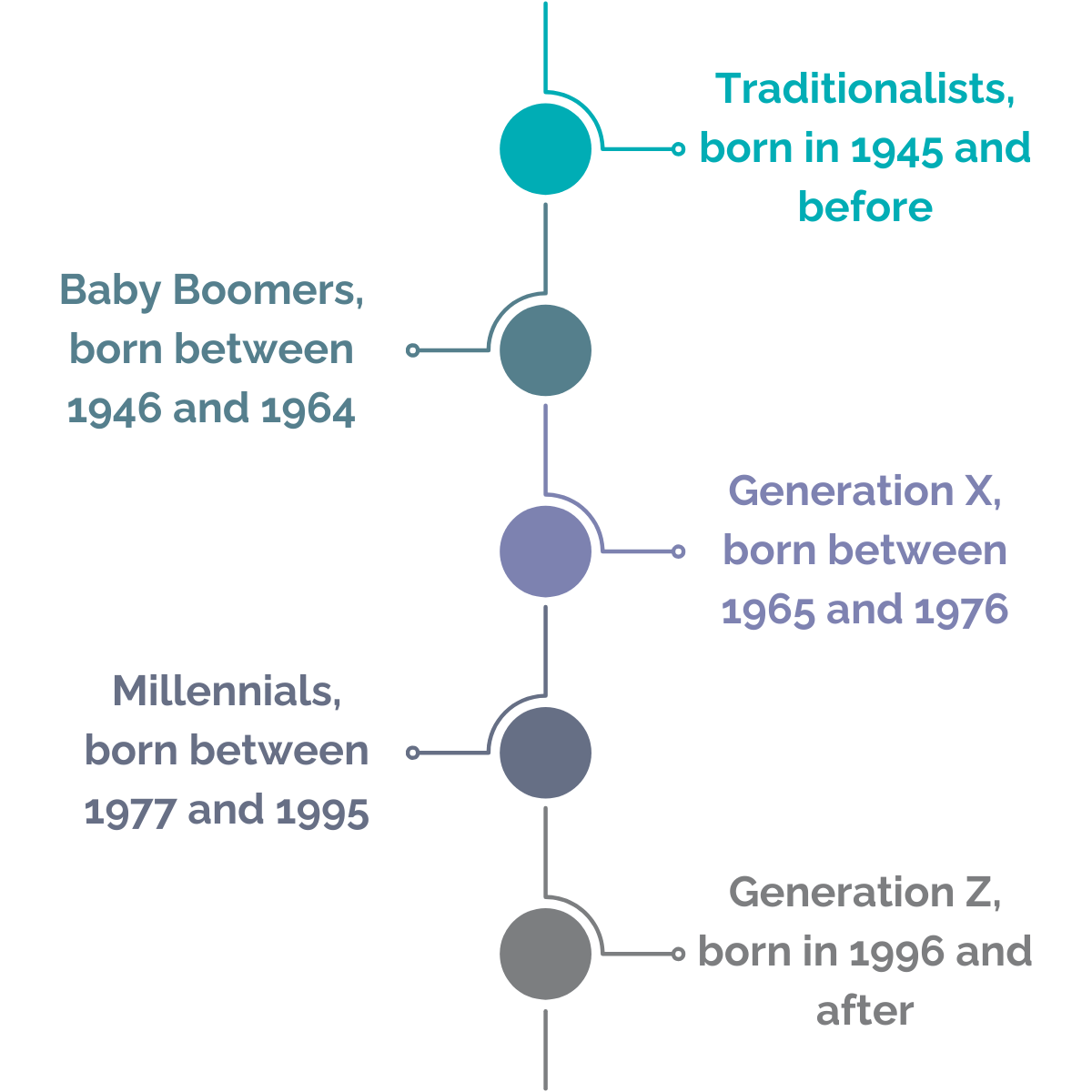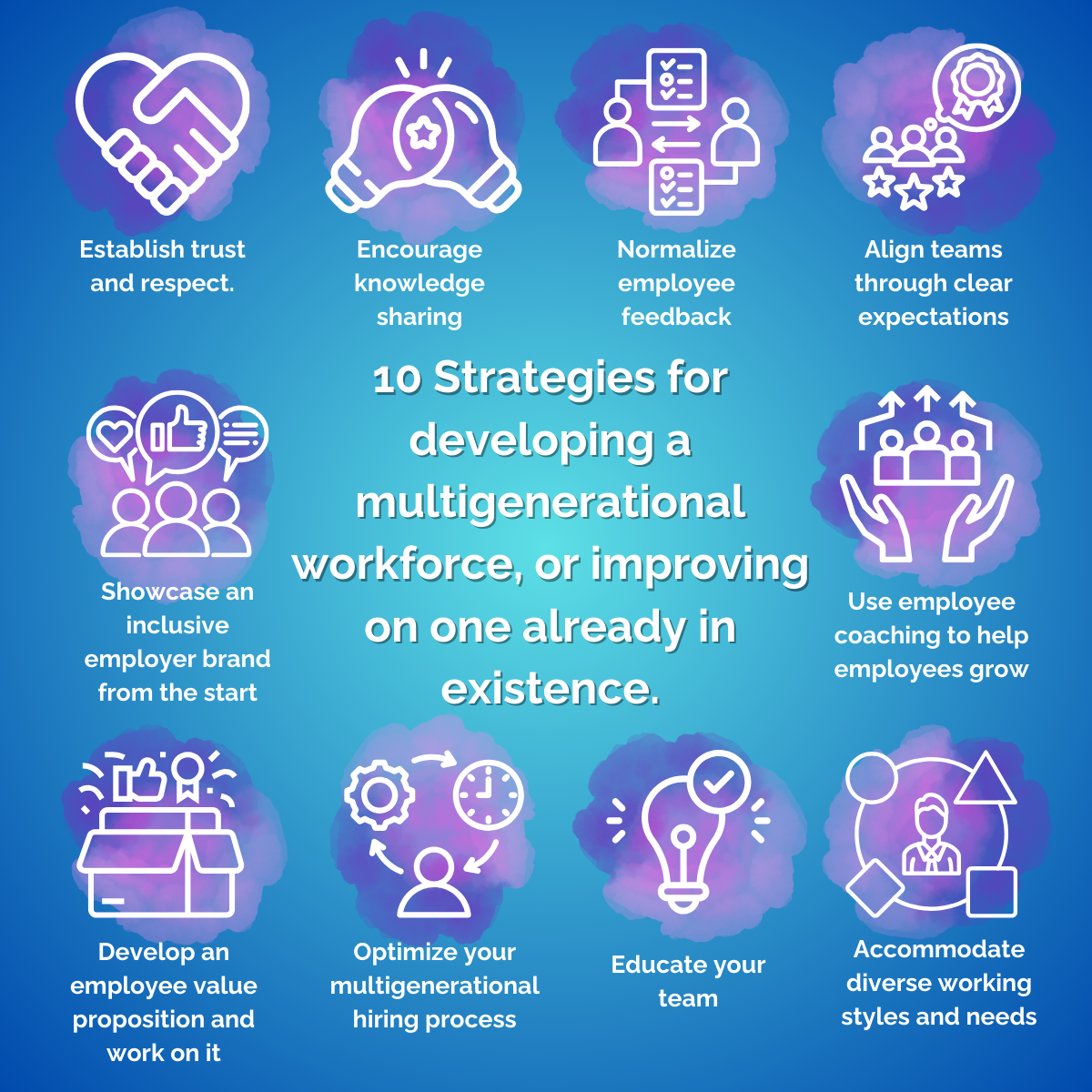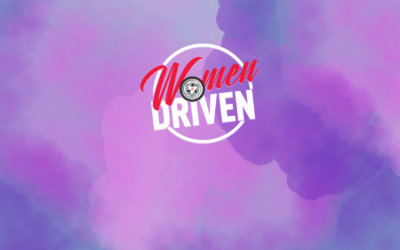Experts define generations as follows:

In many large workforces today, it’s possible that five generations are working in the same environment. Twenty-somethings are rubbing shoulders with people in their seventies and older, which is sociologically interesting, but which poses challenges for an employer.
Aside from the obvious age differences, there are significant differences in skills, life experiences and work expectations that are apparent in a multigenerational workforce. For example, men and women in their sixties and older may prefer one-on-one face communication, whereas millennials may be more comfortable emailing or texting.
Flexible and remote work is another characteristic of today’s workforces where differences of opinion and attitudes tend to fall along generational lines.
Such differences are not inherently a bad thing per se; it requires understanding and empathy on the part of human resources, and a dedicated effort to devise strategies so that different age groups can work together toward common goals.
Forbes published a study in 2022 that found “89% of respondents considered generation diversity in the workplace as a positive element of work and 87% viewed the opportunity to learn from each other as a good thing for their experience.”
“Mentorship is one strategy that companies can employ for allowing people of different ages to work together,” says Christy Fines, General Manager at 400 Chrysler Dodge Jeep Ram Ltd. and Barrie Chrysler. “I’ve been fortunate to have different mentors throughout my career, and now I provide mentorship at our dealerships for men and women of all ages who want to advance their careers.”
Fines agrees that when it comes to mentoring, age shouldn’t matter. “I’ve benefited from younger and older mentors,” she says. “People of different ages have diverse skill sets, and in multigenerational workforces, mentoring that involves all age groups can give companies a competitive advantage.”
The benefits of a multigenerational workforce include better access to multi-skilled teams, increased productivity, stronger talent pipeline, increased resilience, better retention and experience and know-how, and a greater diversity of skills and outlook.
Besides mentoring, companies with multigenerational workforces need to solicit opinions from all employees and be adaptive in implementing solutions. Seeking opinions is one way to bridge the gap between older and younger employees. Create an environment where all employees are free to share their thoughts and ideas, and where everyone feels heard. One-on-one chats and surveys are a great way to solicit feedback from employees about their needs and challenges.
Reaching out to established networking channels is another strategy for making multigenerational teams work. Fines is part of a Sandbox Centre in Barrie, a peer group that connects people and businesses to resources; and Scotiabank Women Initiative, a program that provides tools and workshops to advance women’s careers and financial confidence.
“These outside programs provide perspectives from people of different ages and experiences,” says Fines. “The ideas I learn from these and other programs I’m involved with can be applied at our dealerships.”
The MVRO offers the Women Driven Mentorship program (established in 2018), aimed at connecting post-secondary students with automotive industry leaders who can offer support and advice while encouraging young women to develop skills that can lead to lifelong careers in the evolving retail auto industry.
For managers who are tasked with developing a multigenerational workforce, or improving on one already in existence, here are 10 strategies that can serve as a guide.
- Establish trust and respect
- Encourage knowledge sharing
- Normalize employee feedback
- Align teams through clear expectations
- Educate your team
- Use employee coaching to help employees grow
- Develop an employee value proposition and work on it
- Optimize your multigenerational hiring process
- Showcase an inclusive employer brand from the start
- Accommodate diverse working styles and needs.

Other Related News
Personal branding propels success for Holly Leveque
In the fiercely competitive world of retail auto sales, standing out amidst a sea of salespeople is no easy feat. But for Holly Leveque, the newly appointed Sales Manager at Southbank Dodge and the first female to hold such a position at the store since its...
Leadership is pivotal in the career advancement of women
Although no concrete stats are available, most auto industry observers would agree that more women have found career success in the retail auto sector in the last 20 years than ever before. Although this is an encouraging development, those same observers would also...
Women Driven Spotlight: Carolynn Kozlov
Throughout her career in the automotive industry, Carolynn Kozlov has never shied away from a challenge. When she first entered the car business, she applied for a general manager’s job at a dealership in Sydney, Australia, despite having no retail car experience....



